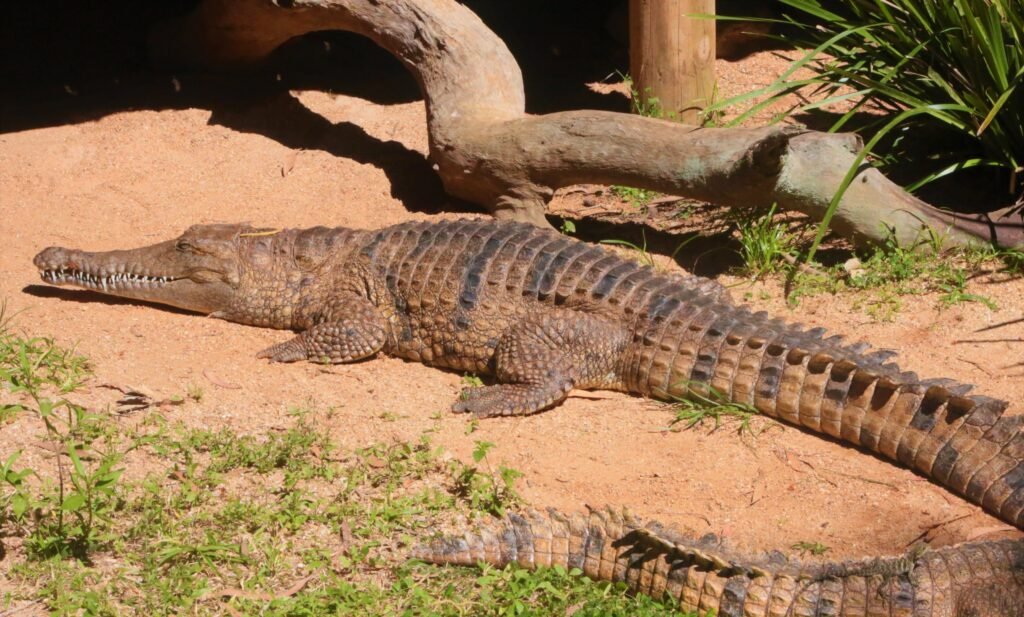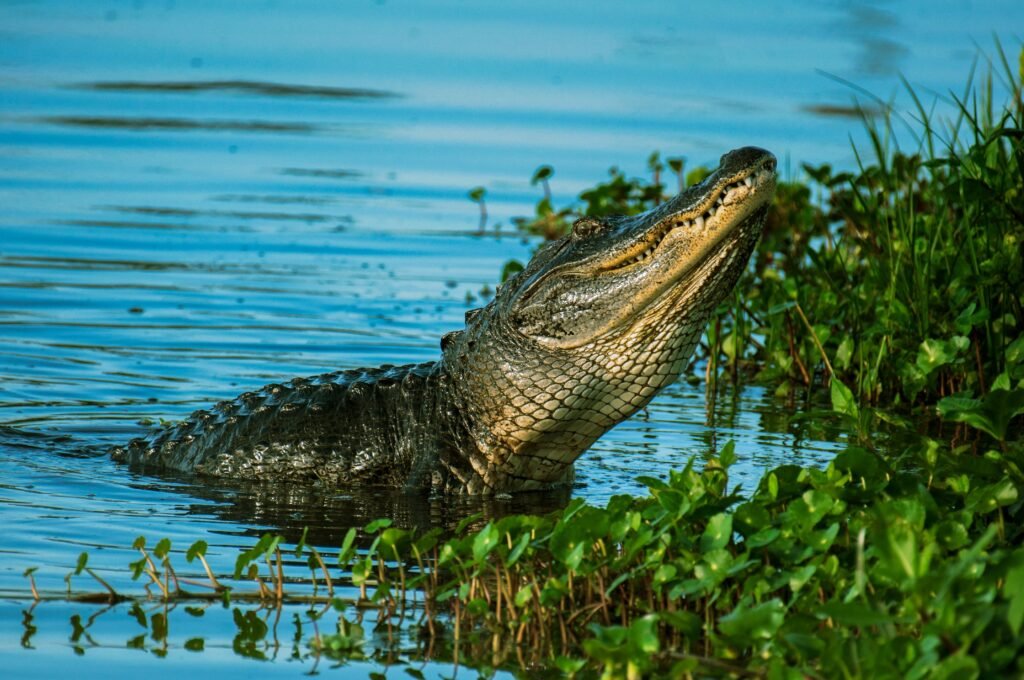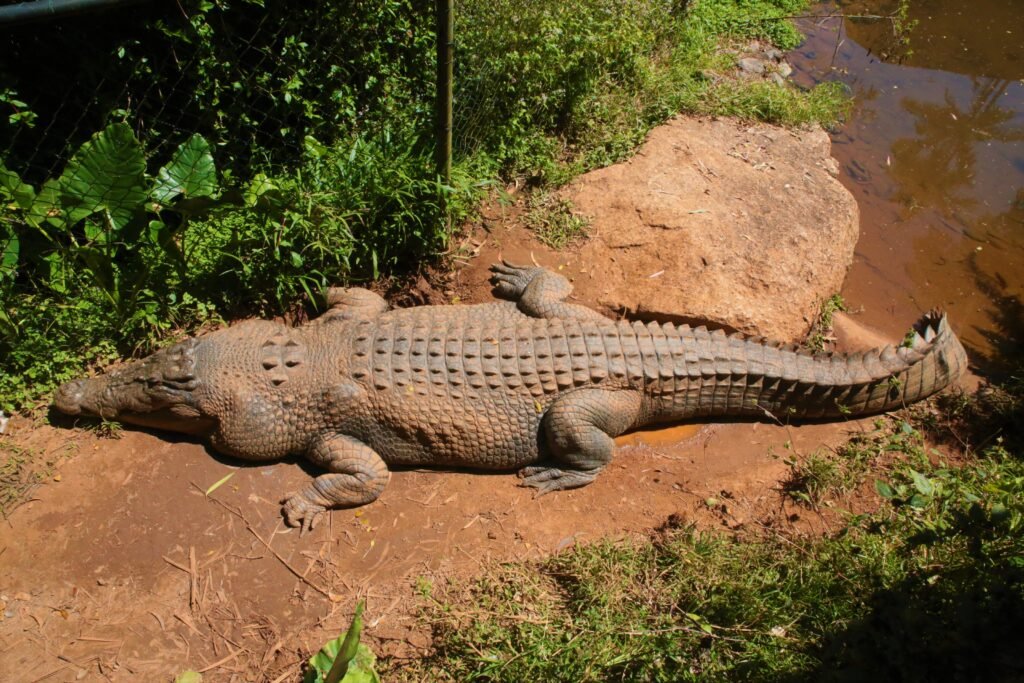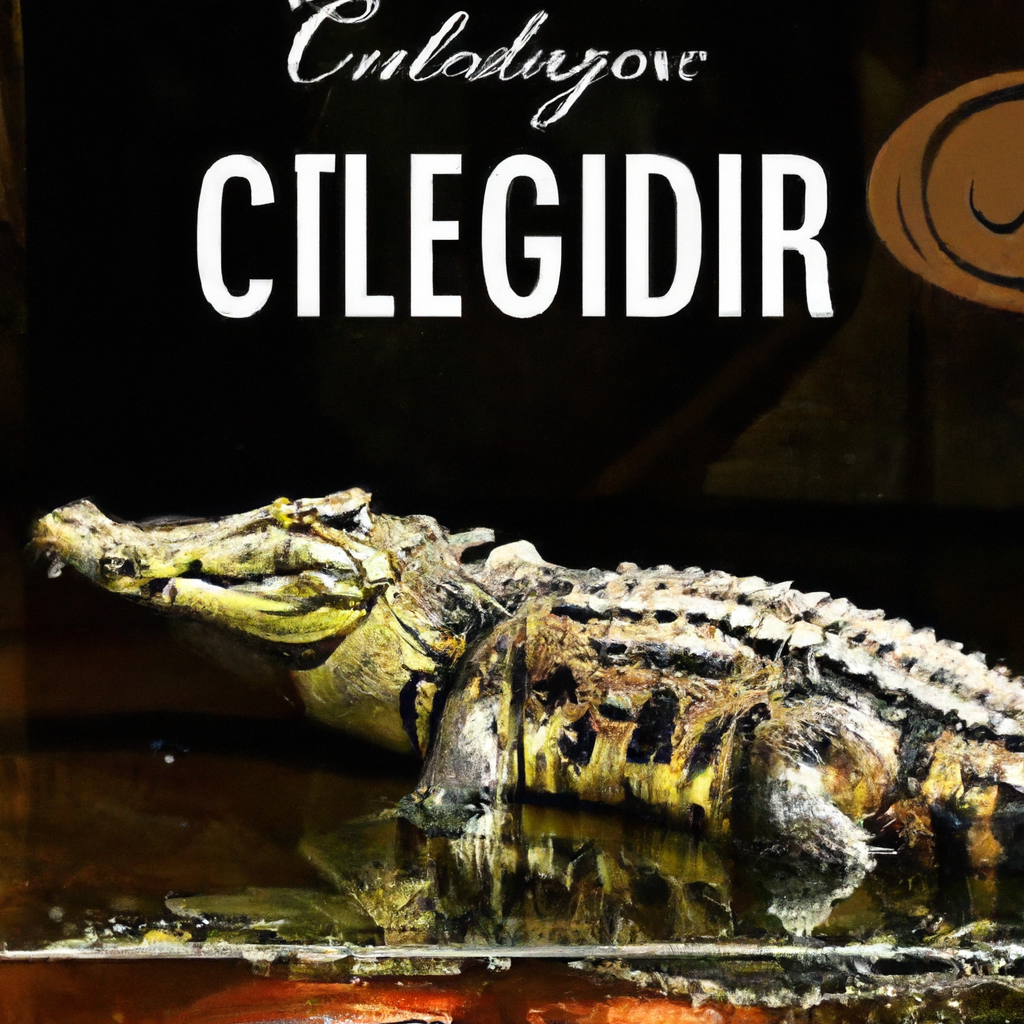In this fascinating article, you will discover the intriguing presence of crocodiles in mythology. From ancient civilizations to modern folklore, these majestic creatures have captured the imaginations of storytellers and cultures around the world. Through a captivating exploration of various mythological tales, you will gain valuable insights into the symbolic meanings and cultural significance attributed to crocodiles. Prepare to be amazed by the rich tapestry of legends and beliefs woven around these extraordinary animals.

Introduction to Cocodrilos en la Mitología
Cocodrilos, often referred to as crocodiles in English, hold a significant place in mythologies across various cultures around the world. These majestic creatures have captivated human imagination for centuries, and their presence in mythology serves as a testament to the cultural significance they possess. From ancient Egyptian to Norse mythology, cocodrilos have been revered and feared, representing power, deities, and even ancestors. In this article, we will explore the role of cocodrilos in different mythologies, revealing the rich tapestry of beliefs and symbolism associated with these remarkable creatures.
Cocodrilos in Ancient Egyptian Mythology
Cocodrilos as a Symbol of Power and Royalty
In ancient Egyptian mythology, cocodrilos were revered as sacred animals symbolizing power and royalty. The Nile crocodile, known as “mesekhtiu” in ancient Egyptian, inhabited the Nile River, and its extraordinary strength, agility, and predatory nature made it an ideal representation of the pharaoh’s might. The Egyptians believed that the gods bestowed divine qualities upon the pharaoh, and the presence of cocodrilos in their mythology further emphasized their connection to the divine.
The Crocodile God Sobek
Among the many deities in ancient Egyptian mythology, Sobek, the crocodile god, held a prominent place. He was often depicted as a man with the head of a crocodile or as a full crocodile. Sobek was associated with fertility, protection, and the power of the Nile River. The ancient Egyptians believed that Sobek controlled the waterways, ensuring a bountiful harvest and protection against Nile floods. Many temples and shrines dedicated to Sobek were constructed throughout Egypt, where people offered prayers and sacrifices to seek his favor.
The Crocodile Cult in Ancient Egypt
The ancient Egyptians’ reverence for cocodrilos extended beyond their religious beliefs, manifesting in a unique practice known as the crocodile cult. This cult involved raising cocodrilos in captivity as sacred animals, where they were cared for and revered. These captive cocodrilos were adorned with jewelry and treated as divine beings, with the belief that they carried the blessings of the gods. After their natural death, the cocodrilos were mummified and buried in elaborate ceremonies, further showcasing the importance placed on these creatures in Egyptian society.
Cocodrilos in Mayan Mythology
The Mayan God of Water and Rain: Chaac
In Mayan mythology, cocodrilos held a vital role in the creation and sustainment of life. Chaac, the Mayan god associated with water and rain, was often depicted as a monstrous cocodrilo, highlighting the creature’s symbolic significance. Mayans believed that Chaac controlled the celestial waters, bringing forth rain to ensure the fertility of the land. The cocodrilo-like representation of Chaac represented the power and life-sustaining qualities of water in Mayan culture.
The Importance of Cocodrilos in Mayan Culture
Besides Chaac, cocodrilos were also revered for their strength and tenacity in Mayan culture. They were seen as guardians of water bodies, protecting them from disturbances and offering a sense of security to Mayan communities. The strong association between cocodrilos and water is evident in various Mayan art forms, where these creatures are depicted in intricate carvings and murals, representing their revered status in Mayan mythology and society.
Cocodrilos in Hindu Mythology
Varuna: The Hindu God of Water
In Hindu mythology, Varuna, the god of water and the ocean, played a significant role. While not directly associated with cocodrilos, Varuna’s dominion over water makes him an essential figure in understanding their symbolism in Hindu mythology. Varuna was revered as the overseer of divine order and justice, with water being the physical manifestation of his power. The presence of cocodrilos in Hindu mythology can be seen as an extension of Varuna’s control over water.
Makara: The Mythical Crocodile Creature in Hinduism
Within Hindu mythology, the creature known as Makara is often associated with cocodrilos. Makara is a mythical composite creature combining features of various animals, including the crocodile. It is typically depicted as a creature with the body of a crocodile, the trunk of an elephant, and the tail of a fish. Makara is often portrayed as a guardian and protector, adorning temples, thrones, and other sacred spaces. Its presence signifies strength, stability, and protection, aligning with the qualities attributed to cocodrilos in Hindu mythology.

Cocodrilos in African Mythology
Crocodile Spirits and Deities in African Mythology
In many African mythologies, cocodrilos are believed to embody powerful spirits or deities associated with water and fertility. These spirits are seen as guardians of rivers, lakes, and other water sources, ensuring their abundance and providing protection to those who respect their domain. Among the Dogon people of West Africa, for example, cocodrilos are revered as magical creatures and serve as intermediaries between the human and spirit realms.
The Crocodile in West African Mythology
In West African mythology, the crocodile holds a significant place in the folklore and religious beliefs of many ethnic groups. It is often associated with creation myths and is seen as a symbol of wisdom, adaptability, and strength. The Bambara people of Mali, for instance, believe that the crocodile is a primordial being that took part in the creation of the world. It is respected and protected, as its presence is seen as a symbol of blessings and prosperity.
The Nile Crocodile in Ancient Egyptian Mythology
While already covered in the section on ancient Egyptian mythology, it is important to note the Nile crocodile’s role in the cultural and mythological beliefs of ancient Egypt. As the largest freshwater predator in the Nile River, the Nile crocodile was both feared and revered. Its presence in the mythology of ancient Egypt symbolized power, fertility, and protection, solidifying its significance in the hearts and minds of the Egyptian people.
Cocodrilos in Ancient Greek Mythology
Typhon: The Serpent-Like Monster
In ancient Greek mythology, the cocodrilo-like creature prominent is Typhon, a monstrous being with serpent-like features. Typhon was considered one of the deadliest creatures, and his appearance was often described as a combination of a crocodile, a dragon, and a serpent. His presence symbolized chaos and the destructive forces of nature. Typhon’s inclusion in Greek mythology showcases the influence cocodrilos had on the Greeks’ understanding of mythical creatures and their association with power and fear.
Crocodile in the Myth of Heracles and the Twelve Labors
In Greek mythology, Heracles (Hercules) encountered many formidable creatures during his legendary Twelve Labors. One such labor involved slaying the Lernaean Hydra, a monstrous water serpent. While not explicitly identified as a crocodile, the Lernaean Hydra’s multifaceted appearance may have drawn influence from the fearsome attributes associated with cocodrilos. This connection to cocodrilos serves as a testament to the cultural exchange and shared symbolism between different mythological traditions.

Cocodrilos in Aboriginal Mythology
The Rainbow Serpent: An Important Figure in Aboriginal Mythology
Within Australian Aboriginal mythology, the Rainbow Serpent holds immense cultural and spiritual significance. While not explicitly identified as a crocodile, the Rainbow Serpent’s serpentine appearance draws parallels to the form and symbolism of cocodrilos. The Rainbow Serpent is associated with creation, fertility, and the regulation of water sources, leading to the flourishing of life. Its prominent place in Aboriginal mythology reflects the essential role cocodrilos hold as powerful natural beings.
The Crocodile Ancestor in Aboriginal Dreamtime Stories
Aboriginal Dreamtime stories often involve the creation of the world and the origins of various flora, fauna, and natural phenomena. The crocodile ancestor, often referred to as “Baiame” or “ungaarr”, features prominently in these creation stories, representing the embodiment of wisdom, strength, and ancient knowledge. This crocodile ancestor serves as a connection between the present world and the primordial past, emphasizing the enduring significance of cocodrilos in Aboriginal culture.
Cocodrilos in Norse Mythology
Jormungandr: The World Serpent
In Norse mythology, cocodrilo-like creatures are represented by Jormungandr, also known as the World Serpent. Jormungandr is a massive sea serpent encircling the entire world, symbolizing the primordial forces of chaos and destruction. While not explicitly identified as a crocodile-like creature, the World Serpent’s serpent-like appearance draws parallels to the formidable qualities associated with cocodrilos. Jormungandr’s presence highlights the mythical connotation cocodrilos hold in Norse mythology.
Njord: The Norse God Associated with Water and Sea Creatures
Njord, the Norse god associated with the sea, fishing, and wealth, showcases the connection between cocodrilos and water in Norse mythology. While not directly associated with cocodrilos, Njord’s dominion over the sea and its creatures establishes him as an important figure to understand the symbolic significance of cocodrilos. In Norse mythology, water is seen as a life-giving and life-threatening force, and Njord’s presence as a divine figure highlights the awe-inspiring power cocodrilos can possess.

Conclusion
Throughout the mythologies of different cultures, cocodrilos hold a significant place, representing power, fertility, protection, and the primordial forces of nature. From ancient Egyptian pharaohs to Mayan gods, cocodrilos have been revered and feared, embodying qualities that resonate with human beliefs and aspirations. Their presence in mythological narratives stands as a testament to the deep cultural connections and symbolism attached to these awe-inspiring creatures. Across the span of human history, cocodrilos have left an indelible mark on our collective imagination, continuing to fascinate and amaze us to this day.
